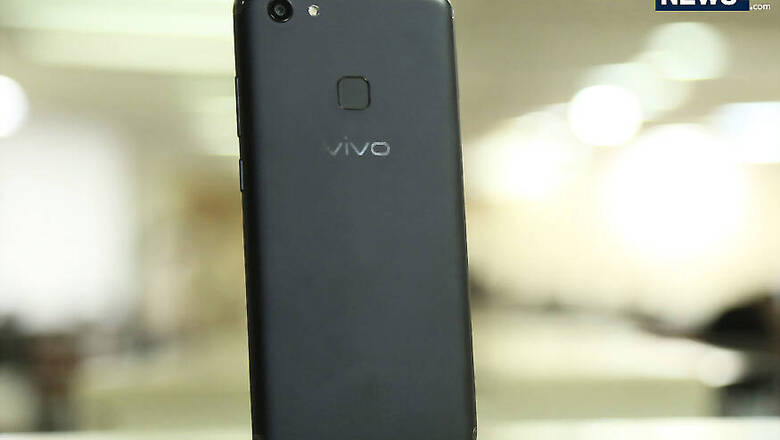
views
Chinese smartphone giants like Huawei, Oppo, Vivo and Lenovo have made deep inroads into India, Russia and even Africa, but grabbing a foothold in the American market still appears to be a distant dream. Analysts have been predicting for well over 10 years that new Chinese entrants will be taking the US market by storm, Counterpoint Research said in a blog post on Wednesday. "Yet, there has been limited change on this front. Globally, Chinese handset original equipment manufacturers (OEMs) own more than 43 percent of smartphone market share. Yet, in the US it is 18 percent," said Jeff Fieldhack, Research Director at Counterpoint.
ZTE and Alcatel have cracked the top five, breaking through with solid volumes within prepaid channels. Motorola (Lenovo) remains a niche but well-known vendor within Verizon. Others have been relegated to the US open channel with very limited growth prospects. Why is it so difficult for OPPO, vivo, Huawei and others to grab a foothold in the US? "There are many barriers for new players in carrier-controlled markets. Carriers continue to hold the power in the US controlling over 70 percent of sales. US carriers are not interested in building handset OEM brands," Fieldhack said.
The US smartphone market is dominated by Verizon Wireless with 147.2 million subscribers (Q2 2017), AT&T Mobility with 138.8 million subscribers (Q3 2017) and T-Mobile US with 70.7 million subscribers (Q3 2017). "Carriers expect brands to either bring in users on their own recognisance or for brands to spend big money to do so. Further, it is expensive to carry many brands, many stock keeping units (SKUs) ? especially when many do not sell well," Counterpoint informed. It is expensive to support the costs of testing, training, marketing and handle returns of low volume brands. New brands must present very unique or compelling cases to carriers.
"Carriers are interested in known brands bringing full portfolios. For example, it is easier for carriers to sell a full suite of Samsung Galaxies at multiple price points than smaller brands who only address certain price points," explained Fieldhack. US carriers are concerned that young handset OEMs are not fully paying for all required IP. These carriers are concerned that they will have to deal with embargos and lawsuits if there is litigation following new OEMs they have ranged. The US market has grown into an all-or-nothing market. Spend big on marketing campaigns or a device will be drowned out by the major launches.
"Carriers are looking for large, flashy ad campaigns to bring subscribers into stores. And, often carriers will throw in money to these large campaigns. Big spending has become a normal mode of business for the major carriers," the blog post said. Most importantly, the US market is a mature smartphone market and over 50 percent of subscribers have purchased multiple Apple and Samsung smartphones. "So, to become a top 5 OEM in the US market will take the hardware, heavy marketing, and a strong value offering to switch a subscriber from another OS and/or another OEM ecosystem," Fieldhack said. To crack the US market will take a multi-year plan and will take a considerable amount of patience, he added.
Don't forget to subscribe to our YouTube Channel
Also Watch: Apple iPhone X First Look




















Comments
0 comment